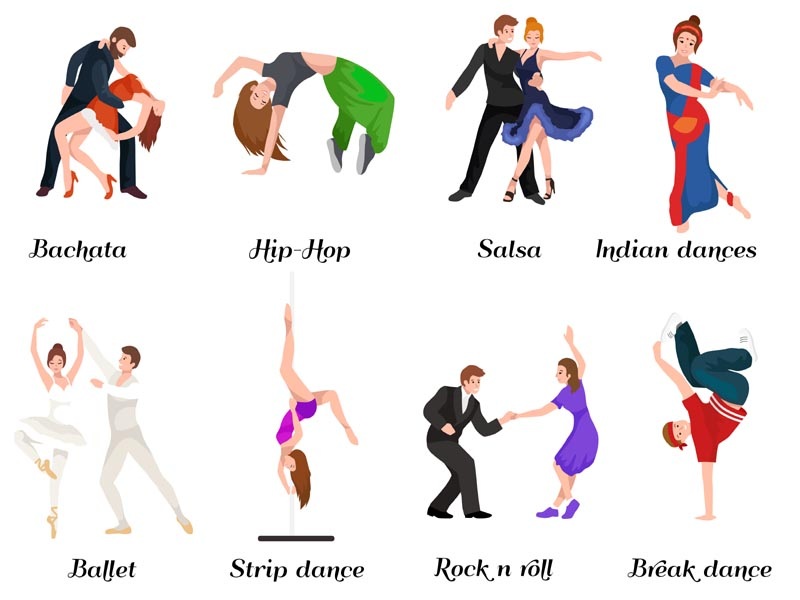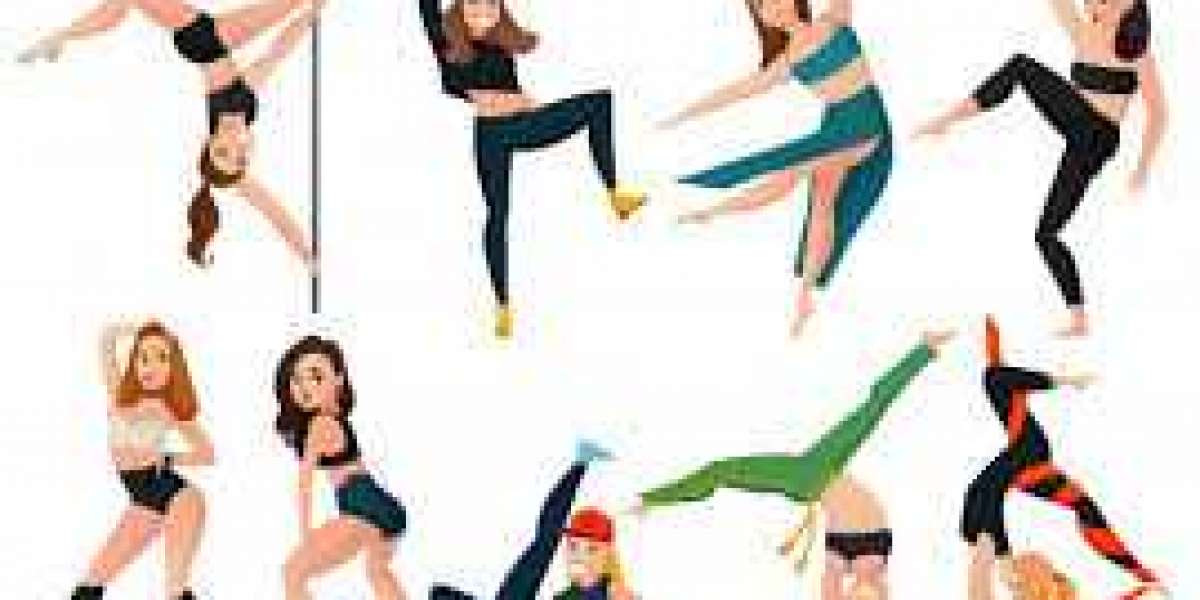

This system is relatively new - first used in 2004 - and replaced the old judging system, where 6.0 was a perfect score.

International Judging System (IJS): The scoring system used to judge figure skating events, created by the ISU, the sport’s governing body. Also, the routine must be less than three minutes. With all the couples doing the exact same step sequence, it’s a great opportunity to see how all the teams stack up against each other.

In other years, the themes have been hip hop, swing, waltz, polka, etc. This year, the short dance theme is Latin, and each team is required to do the same rumba step sequence at some point in their program (there are other mandatory elements too). (Compared with a) short dance: The first portion of an ice dance competition, this is a program skated to a required rhythm and theme, chosen by the International Skating Union (ISU). To get the most points, skaters must turn in both directions, using one foot and then the other, and also include up and down movements, all performed with flair and personality.įree dance: This is ice dance’s version of the long program (see below, under L), where a team can skate to any music and has more flexibility within to incorporate the required elements. The pattern can be straight line, circular, or serpentine (an S-curve). Here, Shoma Uno of Japan, one of the contenders for gold in the men’s event, executes a quadruple flip, like it's nbd:įootwork/step sequence: A required element in all four disciplines of figure skating - men’s, women’s, pairs, and ice dance - that involves steps and turns in a pattern on the ice. That’s why you’ll hear commentators complimenting skaters on their edges - it’s both a part of the blade, and a tool the skater utilizes to gain speed.įlip: A jump that takes off from a back inside edge, with the toe pick used to vault the skater into the air - contrary to what the name may imply, it is not a back flip. The deeper the edge, the stronger the lean, and the more speed and flow the skater will get across the ice. When the foot is tilted towards the inside of the skater’s body, between the knees, that's an inside edge. When a skater is moving with their foot tilted towards the outside of their body, it’s an outside edge. The blades are sharpened with a special machine that gives them edges, an inside and an outside. Getty ImagesĮdges: A skater's blades may look straight to the untrained eye, but they actually have a slight curve, called a rocker, which is what enables jumps, spins, and turns on a thin piece of metal. Vanessa James and Morgan Cipres of France perform a dead lift together. The woman’s positions while in the overhead lift can vary, and extra points are awarded for flexibility or for grabbing her skate blade.ĭeath spiral: Don't worry, no deaths have been recorded while skaters perform this move, which involves the male partner pivoting around a curve while holding the hand of the female partner, whose body is horizontal and low to the ice. (Compared with a) pairs lift: In pairs skating, the male partner lifts the female partner above his head with both arms fully extended - some lifts occur in a straight line, while others require him to rotate while holding her above his head. These lifts can be done in a straight line or on a circle, and some rotate. But there is more room for creativity and variety in a dance lift, which can involve partners balancing on each others shoulders, legs, or skates while moving - which takes incredible strength and balance. Getty Imagesĭance lift: These lifts don’t go as high as the pairs lifts (see below), since ice dance rules prevent the male partner from lifting the female with both arms fully extended. Natalia Zabiiako and Alexander Enbert of Russia perform a camel spin together.


 0 kommentar(er)
0 kommentar(er)
